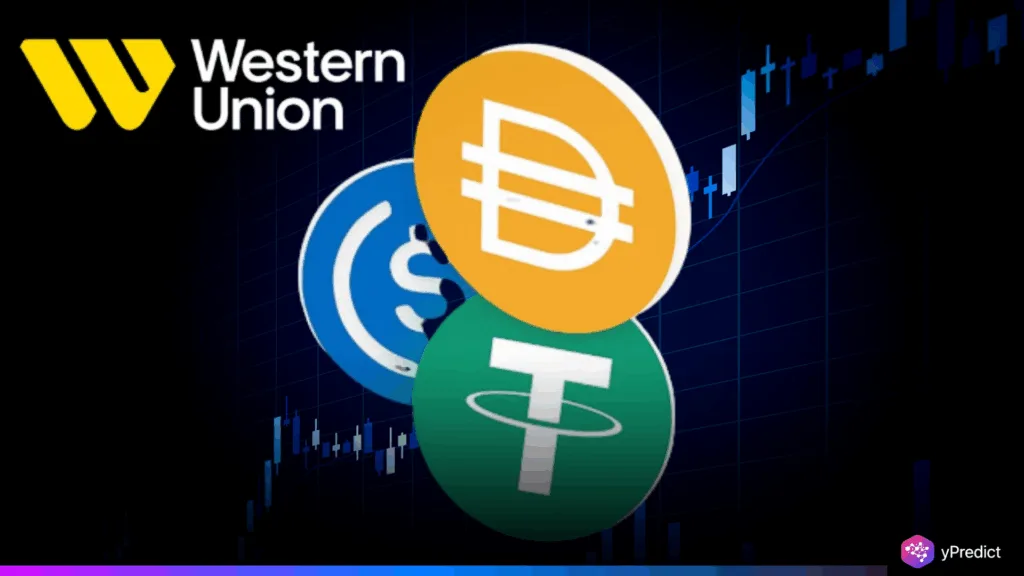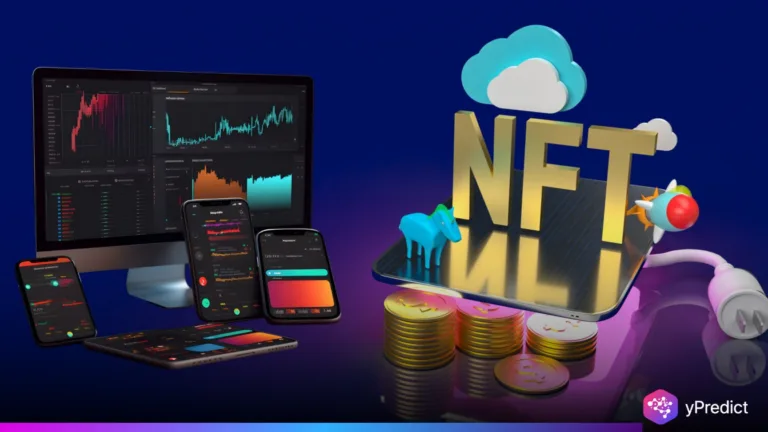
Western Union is preparing to shift its traditional remittance model by exploring stablecoin integration, signaling a major evolution in cross-border payment infrastructure. The announcement comes right after the GENIUS Act passed on July 4, 2025, requiring all U.S.-backed stablecoins to hold 100% reserves in cash or U.S. Treasury securities.
With blockchain efficiency now validated, Western Union is now part of a broader fintech evolution that is focused on an automated and AI-supporting scale. As banks prepare to leverage real-time and improved compliance from AI, the Western Union activity indicates a significant underlying demand for seamless and lower-cost cross-border payments. Cointelegraph first reported the company’s shift, noting that up to 30% of remittance costs could be slashed through stablecoin use.
GENIUS Act and Trump-Era Backing Fuel Blockchain Momentum
The momentum gained by the solving of the bill not only creates legitimacy for blockchain-supported digital assets but also provides support for AI-enabled compliance and transaction monitoring. Still, the symbolic ceremony of signing the bill made use of the political leadership and capital created by this momentum with regard to investor confidence in fintech systems that utilize real-time data validation and guaranteed audit trails with an eventual legal guarantee.
Western Union’s timing is impeccable because the clarity in regulations allows it to enact its AI-integrated blockchain systems with some level of confidence. The ability to now provide legal certainty makes it safer for institutions to invest in modern remittance channels. It was aided by AI technologies that are stable, trackable, and theoretically compliant with best practice standards. However, this paradigm shift allows Western Union to execute on its efficiency. It aims via blockchain more quickly without the burdens of ambiguous legal ramifications.
Strategic Blockchain Partnerships Shape Future of AI-Driven Remittance
CEO Devin McGranahan recently told Bloomberg that Western Union plans to build strategic partnerships with blockchain platforms such as Aptos. The pivot from legacy systems to decentralized blockchain-based rails. This gives Western Union a chance to compete with emerging fintech disruptors already deploying AI at scale.
As Aptos and similar platforms advance in smart contract execution and transaction speed. Western Union can plug into these infrastructures using stablecoin rails to deliver faster, cheaper services. AI models embedded into these platforms will play a key role in data security, error reduction, and instant settlements—factors critical to Western Union’s success in a digital-first era.
PwC Report Validates Stablecoin and AI Traction in Finance
Western Union’s decision echoes findings from a 2024 PwC report. Much of this adoption stems from the integration of AI in regulatory oversight, customer onboarding, and liquidity tracking. Financial players are increasingly confident in blockchain efficiency when paired with AI-driven monitoring systems.
Western Union now positions itself among early movers in this AI-stablecoin wave. They were aiming to deliver remittances that are not only cheaper but also smarter. The growing trust in algorithmic governance and automated risk scoring systems gives institutions like Western Union the edge needed to thrive in a shifting financial landscape.
Cross-Border Payments Set to Hit $290 Trillion
J P Morgan estimated in its 2023 forecast that cross-border payments will reach $290 trillion by 2030. The success of this increase will depend upon the expansion of AI and blockchain technology. It provides for greater efficiencies in the cross-currency exchange processes and regulatory compliance. Western Union’s exploration of the stablecoin integration strategy will allow it to take a share in this expanding market. The efficiencies of the blockchain process would also allow for real-time tracking, ensure an uncorrupted ledger of all transactions. It provides for instantaneous settlement across jurisdictions. Most importantly, by using this combined tech stack, the company would have a range of opportunities to continuously remain relevant in this rapidly automating and decentralized industry.






